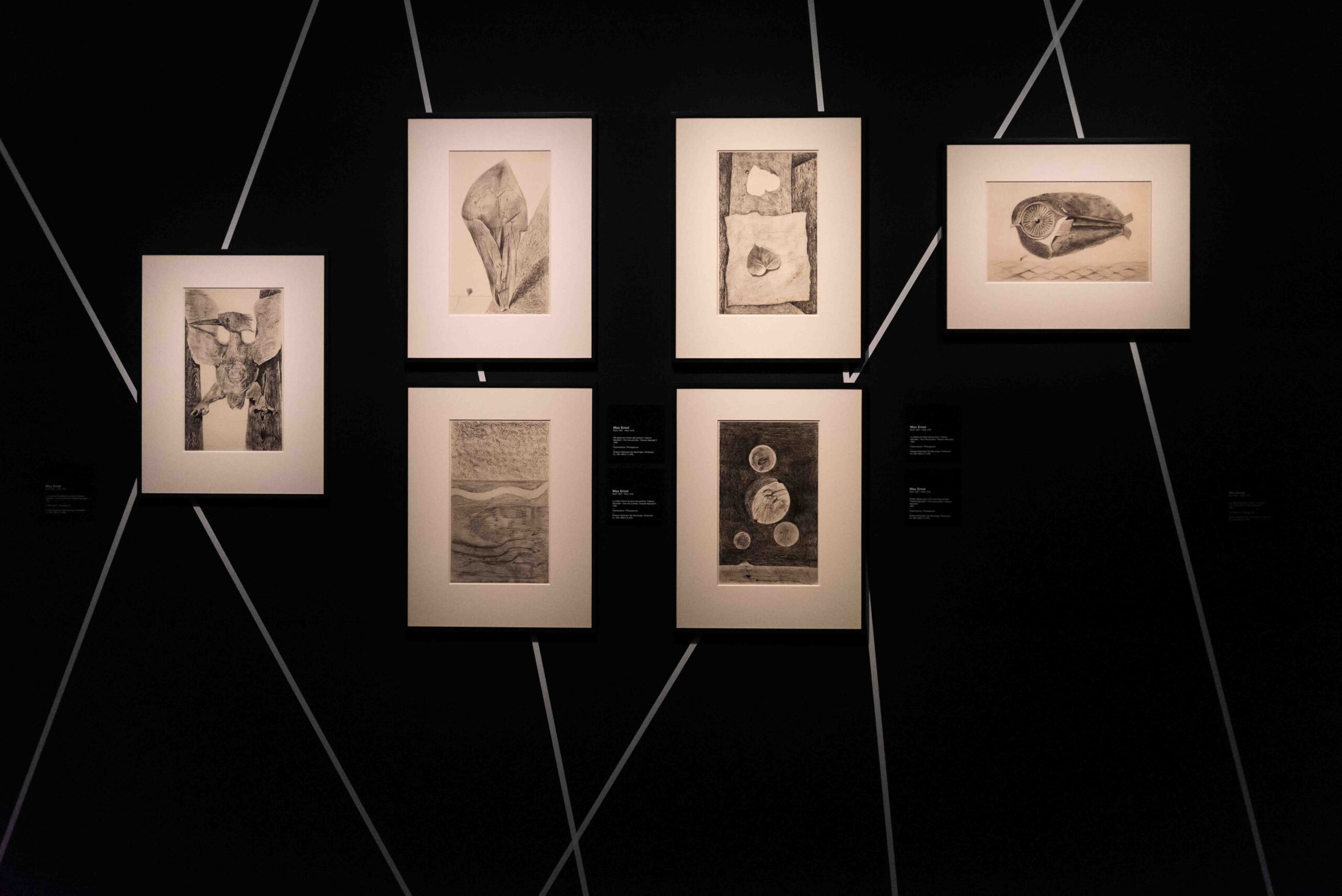We are all surrealists. This is the premise of the exhibition at Mudec, which brings together nearly two hundred works from the Bojmans Van Beuningen Museum in Rotterdam to tell the origins and evolution of the movement that shaped the fate of contemporary art
The “Chronology of Surrealism” at the end of the catalog of the exhibition set up at Mudec begins with three events that can be placed between the late fifteenth and early sixteenth centuries: Leonardo “discover new realities“observe”Walls stained“; Arcimboldo”he paints anthropomorphic figures made of fruit and vegetables“; Hieronymus Bosch”fantastic hybrid creatures“. Nothing unusual: the need to label historical epochs, which are underpinned by events deemed significant, is part of the usual criteria for historicization, including manuals.
One wonders whether art as a whole should not instead register itself, from the first known manifestations, under the sign of surreality in its attempts to express the complex relationships between man and the world around him. Egyptian hieroglyphs were deliberately surreal, as were the stone altar decorations of the Maya of Central America. Or the ritual masks of the indigenous tribes of all latitudes, which, having escaped the processes of global evolution of the planet, have remained almost identical in their forms over the centuries. On the paths of colonialism between the late 19th and early 20th centuries, he influenced all the historical avant-gardes that formed the origin of contemporary art. And that also applies to the surrealist who only deals with that colonial question critical, despite their main exponents, from André Breton to Man Ray, who collect mounds of objects from the same colonial streams, incorporate them in their works, draw inspiration from them, trusting in their complete ability to evoke magical and supernatural worlds. This is the story told in the final part of the exhibition, where objects from the Mudec’s permanent collection enter into dialogue with some of the nearly two hundred works that have been moved en masse by the Mudec Boijmans Van Beuningen Museum in Rotterdam to narrate the emergence, development and forms taken by the application of “surrealist” ideas in twentieth-century art.
THE ORIGINS AND CHARACTERISTICS OF SURREALISM
If surrealism has always been part of the DNA of art of all times, surrealism as a movement takes concrete form in France in the early 1920s, in the footsteps left by the profaning Dada. It was born under the auspices of a word, namely surrealism, coined by one poet, Guillaume Apollinaire, and used by another poet, Breton, to evoke its inspirational principles manifest (1924) Artists and writers from half of Europe to promote an art that “purely psychological automatism“, with whom “express orally“, or “otherwise the real workings of thought“, In “Absence of any control exercised by reason’, aesthetic or moral concerns. And so, with the free associations of images and words, the sessions, including spiritual ones, e.g conjure up the realms of the dreamlike and the irrational. Nothing new here either, except that these concepts are now based on Dr. Freud’s train of the unconscious and subconscious travel, carrying the message across Europe that the “rational” principles that govern society are nothing more than conventions, the tip of an iceberg toppled by a mental revolution that – utopian – in a would have given way to more radical social and political change.
The content follows

THE EXHIBITION ON SURREALISM AT MUDEC
A revolution that attacks the entrenched ideas of artistic creation from all sides – materially, conceptually, substantively – incorporating subjects that until then had been considered major taboos by European conservative societies between the two wars. Sex, especially the lynchpin of Freudian investigations, returned in its fiercest and most contradictory impulses, as in the famous and scandalous An Andalusian dog (1929) and The Golden age (1930), the two films that resulted from the collaboration between Louis Bunuel And Salvador Dalíwhich can be seen in excerpts.
Beauty, terror, joy and pain, reality and dreams all work together seamlessly in uncovering our subconscious.
Dalí’s “paranoid-critical method”, expressed roughly in Impressions from Africa (1938), is a hybrid of hyper-realism derived from beloved 17th-century Flemish painting.Meaning so deep, complex, coherent, involuntary that it defies the simple analysis of logical thought’, even to that of the same author. And a knot of hypernaturalism and dreamlike dimension is the basis of the effects sought in the paintings Rene Magritte (as The Red Model III, 1937) continues to expose the transience of the boundaries between reality and illusion. And so in the sculptures (Non-Euclidean object1932) and in the always beautiful photographs by man rayor in the collages of Maxim Ernest. All names are inextricably linked to the revolutionary fate of the new 20th century art, well beyond the surrealist label. Like the forerunner Marcel Duchampof which, among other things, the ingenious is exhibited box in a suitcase (1952), with miniature reproductions of 69 earlier works by the artist. Compressed, reproducible, transportable art, with such stringent openings to our contemporaneity.
Stefan Bruzzese